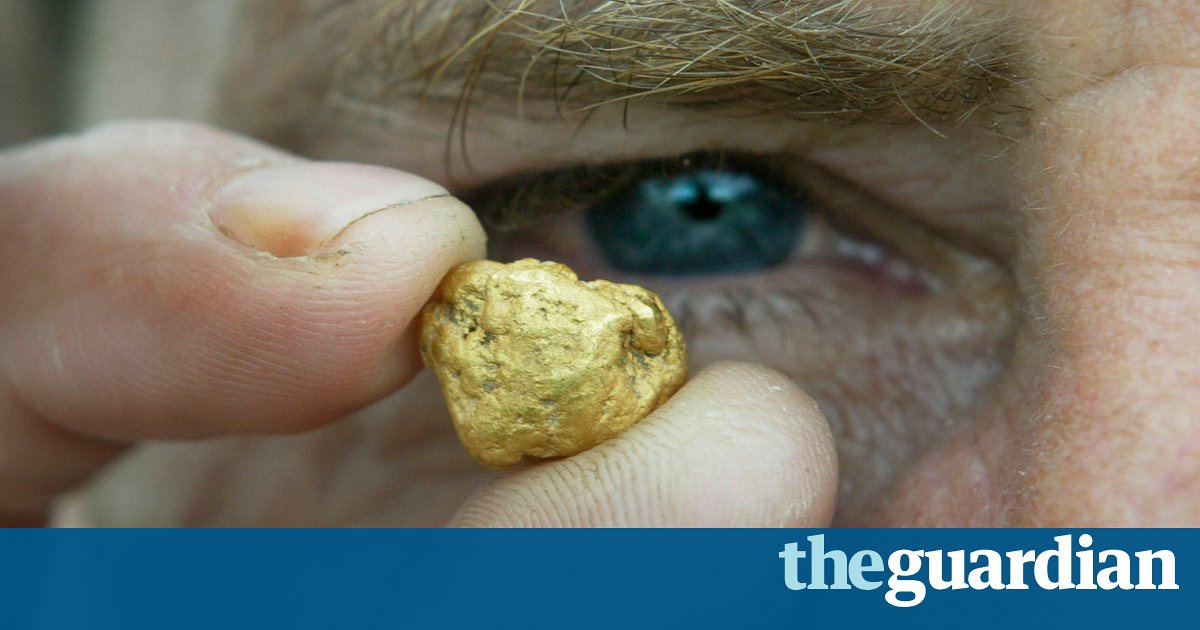Alleged gold smuggler hid ‘Oreo-sized’ nuggets from Canadian mint in rectum

Court hears that mint employee Leston Lawrence made numerous visits to local gold buyer before depositing checks for about C$6,800 ($5,100) each

A former employee at the Royal Canadian Mint has been accused of smuggling C$180,000 ($137,000) worth of gold out of the high-security facility by allegedly stashing it up his rectum.
The court case against 35-year-old Leston Lawrence drew to a close in Ottawa this week, after a six-day hearing that included a thorough contemplation of whether a gold nugget concealed in an anal cavity could evade detection by mint security.
According to the Ottawa Citizen, the court heard that on more than a dozen occasions during a four-month period, Lawrence brought Oreo cookie-sized gold nuggets to a local gold buyer. At a weight of around 210 grams, each chunk of gold would yield a cheque of around C$6,800 ($5,100), which Lawrence would then deposit at a nearby branch of his bank.
The regular deposits attracted the curiosity of a bank teller who wondered about the tens of thousands of dollars flowing into Lawrences account from the same gold buyer. Her suspicions grew after she noticed on his account profile that he worked for the mint.
The Royal Canadian Mounted Police was eventually alerted. Investigators found four gold nuggets which matched the mold of a custom-made spoon used during the mints production process in Lawrences safety deposit box and a tub of Vaseline in his locker, the court heard.
The trial heard that the estimated value of the alleged thefts, carried out in 2014 and 2015, was at least C$179,015.
But the court was unable to find a conclusive answer to one key question: how did Lawrence allegedly manage to smuggle the gold past the mints daunting stone walls and imposing iron gates?
All employees at the mint must pass through a metal detector before leaving the facility. Lawrence, whose duties included scooping gold from buckets in order to test its purity, was noted as the employee who set off the metal detector more often than all others, with the exception of those who had had medical implants. Each time, though, he sailed through the follow-up search, carried out by a guard using a handheld metal detector.
Lawrence exercised his right not to testify in court. His lawyer, Gary Barnes, suggested his client could have legitimately acquired the gold from sources other than the mint. After all, he argued, it wasnt the mint who first went to authorities with reports of a theft.
The Crown countered that the gold must have been smuggled out of the mint in some kind of body cavity. We do have compelling evidence, said Crown attorney David Friesen, of someone secreting [gold] on his person and taking it out of the mint.
In preparation for the court case, a security officer had been tasked with testing the plausibility of the Crowns premise. Security officials told the court that their test had found that gold smuggled in the rectum would indeed set off the first metal detector but evade detection with the handheld metal detector.
Lawrence, who was fired from his job, has pleaded not guilty to charges that include theft, laundering the proceeds of a crime, possession of stolen property and breach of trust. Judge Peter Doody is expected to hand down a decision in early November.
In a statement, the mint said it had since updated its security measures, including adding high-definition security cameras in all areas and improving the facilitys ability to track, balance and reconcile precious metal.
Read more: https://www.theguardian.com/world/2016/sep/23/gold-butt-canadian-smuggler-royal-mint